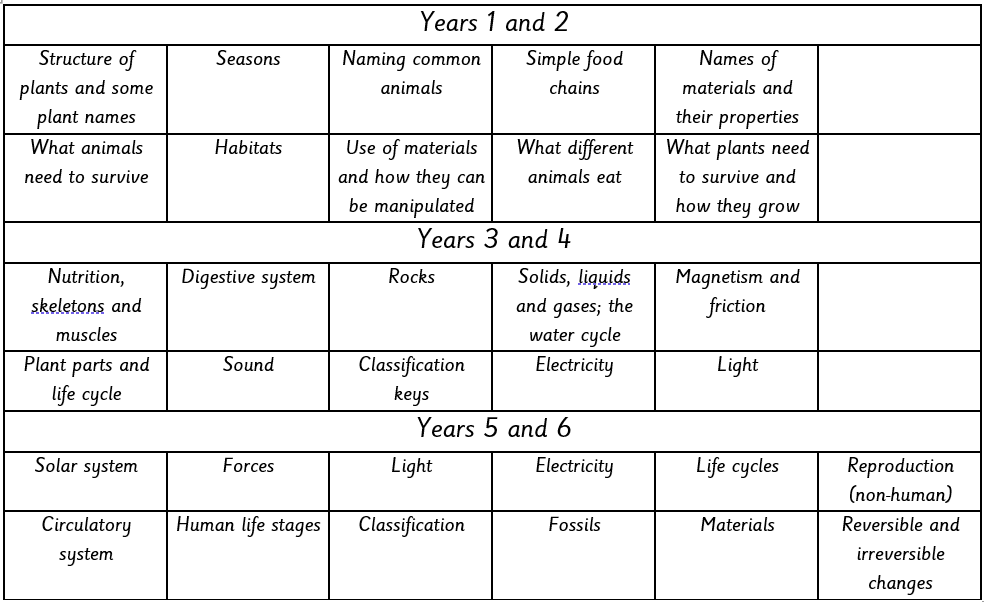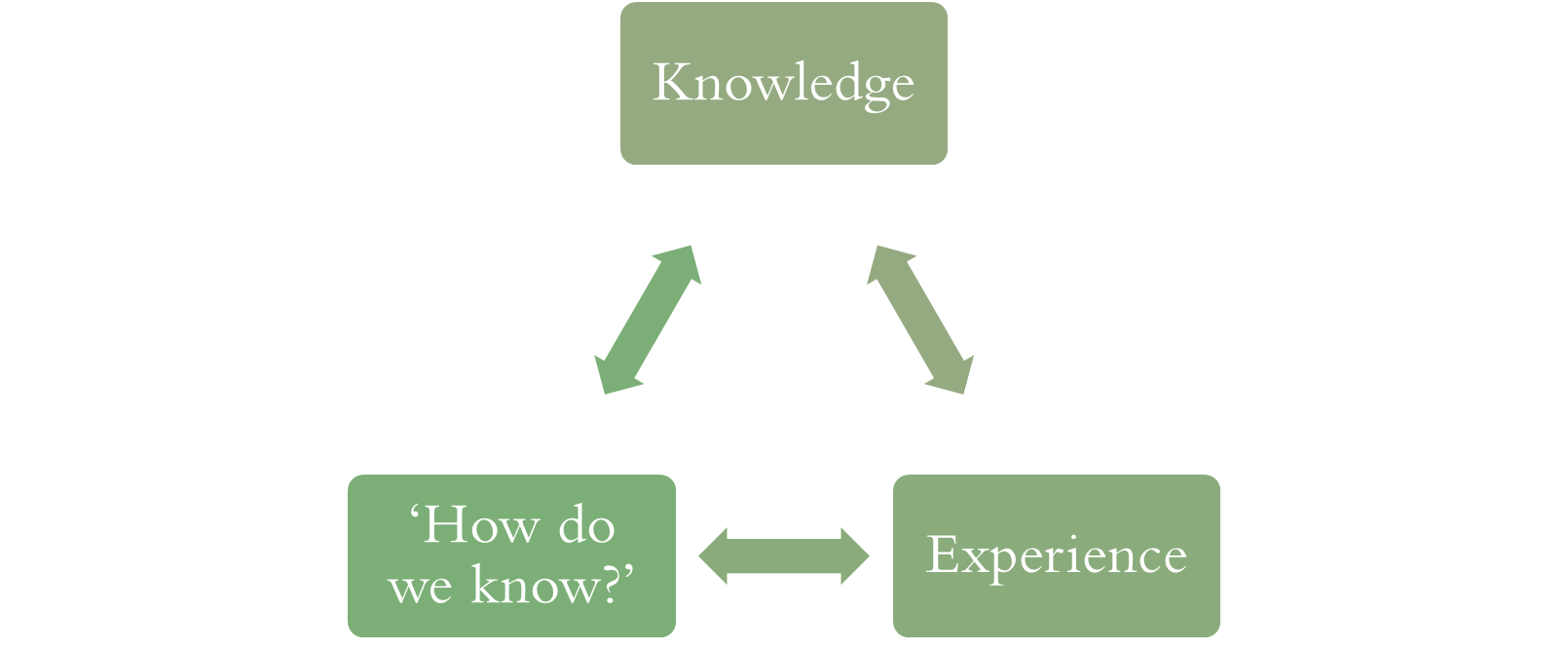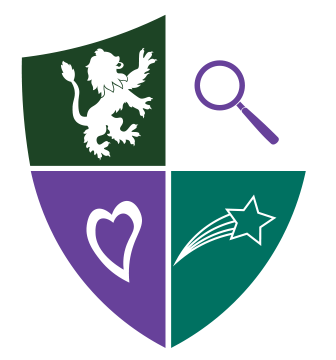- Home
- Learning
- Our Curriculum
- How we deliver the National Curriculum at FPS
- Science
- Curriculum Overview
Curriculum Overview
Fulbourn Primary School is a Local Authority Maintained School and therefore must teach the National Curriculum for Science to children in Key Stage 1 and Key Stage 2. This ensures that teachers at secondary school can be confident of what new entrants have been taught. We work with Bottisham Village College, to which most of our leavers go, to make this transition seamless in terms of the progression in children's scientific knowledge.
At Fulbourn Primary School, most children are taught in mixed-age classes. This means that we adapt the year-group-specific content from the National Curriculum in order to fit it into a two-year rolling cycle. This ensures that children are taught everything they are entitled to, no matter which classes they are in during their time here. Sometimes, it also helps us make links with learning in other subjects.
Below, see a simplified overview of the topics covered during your child's time at school, from Year 1 to Year 6. The order that topics are covered is adjusted as we refine our curriculum. However, all children will cover all these topics. For example, if your child is in Year 1 in a mixed Reception/Year 1 class, they will cover content in science for Year 1, not do additional reception learning. See the National Curriculum (attached to this page) for fuller details.
Some units are covered more than once. For example, in Year 3 or Year 4, children will learn about light, and they revisit the topic in Year 5 or Year 6. In the older age group, knowledge of the previous content is built on with additional learning. For example, children learn to create complete simple circuits when they first cover electricity, and later learn about voltage and the effect of increasing the number of cells in a circuit.

Curriculum Strands
Within each unit, the science curriculum at Fulbourn Primary School comprises three strands, taught together rather than discretely:
- Knowledge and Understanding
- Working Scientifically
- Scientists and their Ideas
Key scientific knowledge is taught and recapped systematically alongside practical, investigative skills. The key aim of practical activities is for the children to be able to answer the question 'How do we know?' in relation to the factual content of the lesson. For example, in Year 5 and 6 children learn that increasing the number of batteries increases the brightness of a bulb by making observations and carrying out experiments. In Year 1 and 2, children learn that there are fewer hours of daylight in the winter than the summer by keeping a record of daylight hours throughout the year. Children therefore build up a soundly scientific epistemology.

Finally, where appropriate, children are taught about the contributions of a range of scientists, both from history and from the current day. A diverse range of scientists have been chosen so that all children in the school, no matter their gender or heritage, see an example of someone like them whose ideas and discoveries changed the world. In addition, teaching children explicitly about the history of science reinforces the idea that our current understanding of the universe has been brought about by careful observation and experimentation. For example, in Key Stage 1 children learn not just that whales are mammals but also that people in the past didn't know this, and ideas changed over time because of what was observed.
